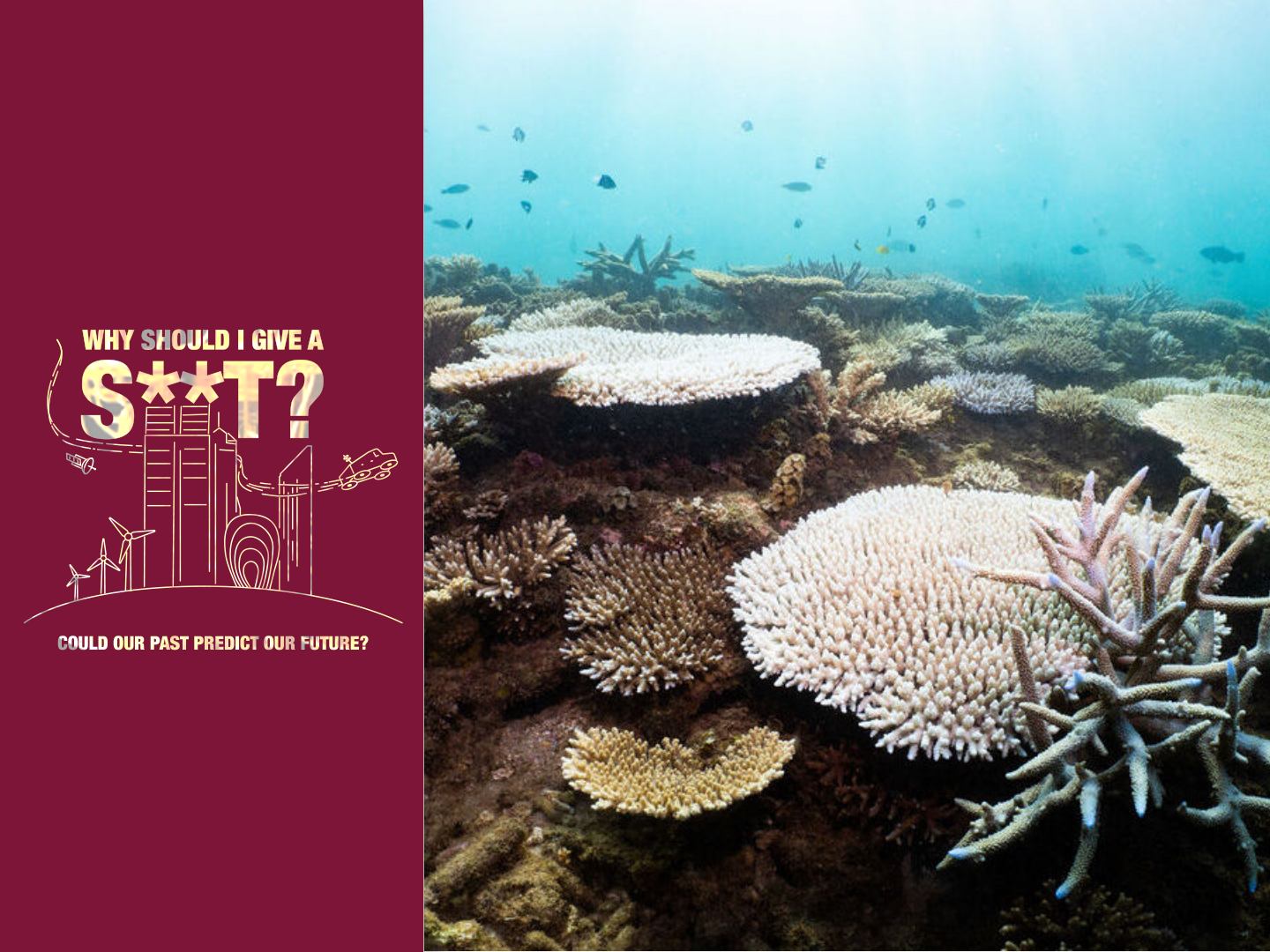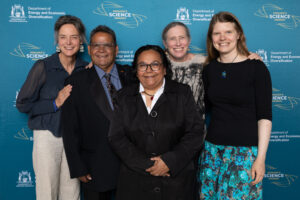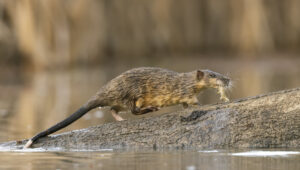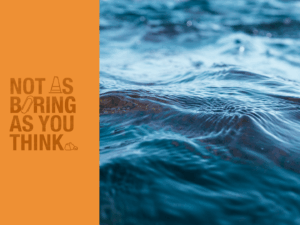The Nyinggulu (Ningaloo) Reef, 1200km north of Perth, hosts a great diversity of marine life. Over 700 species of fish and over 300 species of coral call it home.
The reef is usually buzzing with activity, with sea turtles, manta rays and whale sharks some fan favourites.
Nyinggulu is currently experiencing a severe and widespread coral bleaching event. It’s not the first time this has happened, but it is the worst we have seen.
Since September 2024, a marine heatwave has caused the Indian Ocean to warm by up to 4–5°C.
Record temperatures have been captured at the ocean’s surface and hundreds of metres below.
ILLEGALLY BLONDE
Coral has a symbiotic relationship with zooxanthellae – microscopic algae that live in its tissues. If a coral becomes sick, it expels this algae.
Kelly Boden-Hawes is an oceanography researcher at the UWA Oceans Institute.
“Zooxanthellae are responsible for giving coral its bright colours but also for making sure the coral is getting the food it needs to survive,” says Kelly.
“Coral bleaching is bad because, when the zooxanthellae leave the corals, they become weak and unhealthy.”
“If the stress that caused the zooxanthellae to leave continues for too long, they won’t come back and the coral can die.”
The coral at Nyinggulu is bleaching due to the heatwave in the area.
Coral bleaching can also occur due to run-off and pollution, changing sunlight and solar irradiance or extremely low tides.
Bleached coral isn’t necessarily dead. It can bounce back, but this demands prime conditions and coral is extremely delicate when bleached.

Credit: Danielle Ihde
BLEACHED AS
The impact of coral bleaching is more than aesthetic. It impacts marine ecosystems and humans.
“If corals stay bleached for too long, they can die, which means a lot of other marine animals suddenly lose their homes,” says Kelly.
“Coral reefs support massive and incredibly intricate ecosystems, and without them, the whole system collapses.”
Coral reefs also provide natural sea walls to coastal areas. Reefs help absorb the intensity of waves and storms, protecting the coastline from erosion and flooding.
This directly impacts WA, as most of us live near the coast.
More than your ‘up north’ road trip will be affected. Local employment and the economy will take a dive as fishing and tourism industries are interrupted by collapsing marine ecosystems.
“It’s too late for many corals around Nyinggulu and other reefs along the northwestern coastline,” says Kelly.
CORRAL YOUR FRIENDS AND LOCAL MP
But it’s not all doom and gloom.
Temperatures are cooling in the Nyinggulu region for the season. Coral reefs are able to rebuild in good conditions, although it will take decades.
It’s crucial to ensure the conditions are ideal for the coral to rebuild, which means taking action on the climate crisis.
“This is the most important thing WA residents can do to protect our reefs as this is one of the biggest threats facing our reefs today,” says Kelly.
“The more carbon we put into the air from burning things like oil, gas and coal, the warmer the ocean gets.”
Reducing our reliance on fossil fuels is an essential part of attempting to reduce the temperature of the ocean.
“Aside from switching to clean energy like solar or wind in our homes, schools and businesses, we can also get in touch with local MPs and tell them about our concerns,” says Kelly.
“We could always use more scientists working on solving these problems, so you can also help by choosing to study coral reefs or climate science.”
Caption: A healthy section of the Nyinggulu Reef
Credit: Alamy
THE FUTURE IS SCIENCE
Scientists are working to find ways to adapt to warming oceans to give coral reefs a better chance of survival.
Understanding which coral species are more resilient to warmer temperatures can guide which corals are planted during rehabilitation efforts.
“We can locate areas to plan new reefs where we know there’s some natural protection,” says Kelly.
“Some reefs experience natural cooling due to certain ocean processes. Planting new corals in these areas means they might have a better chance at surviving.”
The Australian Institute of Marine Science has convened the Western Australian Coral Bleaching Group for scientists and researchers to share information and to discuss possible rehabilitation and mitigation efforts.
The Minderoo Exmouth Research Lab is also working to create thermally resilient coral.
This testing has involved cross-breeding corals, testing heat resilience in zooxanthellae and trying to better understand what genetic markers in coral indicate a stronger heat resilience.
This research happening in the impacted zone at Nyinggulu may offer some insight to the reef’s rehabilitation.
The full scale of the damage to Nyinggulu won’t be known until scientists and researchers assess the situation over the next few months.
But we do know that the widespread coral bleaching at Nyinggulu is an urgent cry for help from an iconic WA tourist attraction and one of the longest fringing reefs on the planet.









